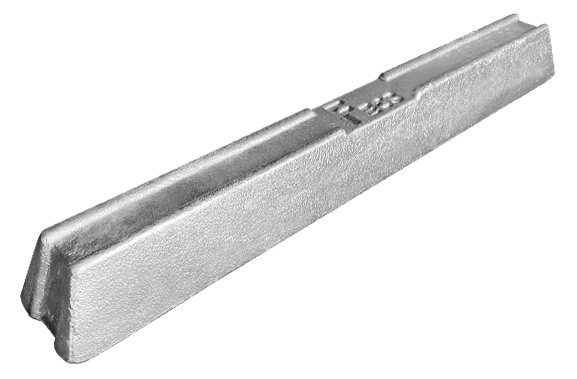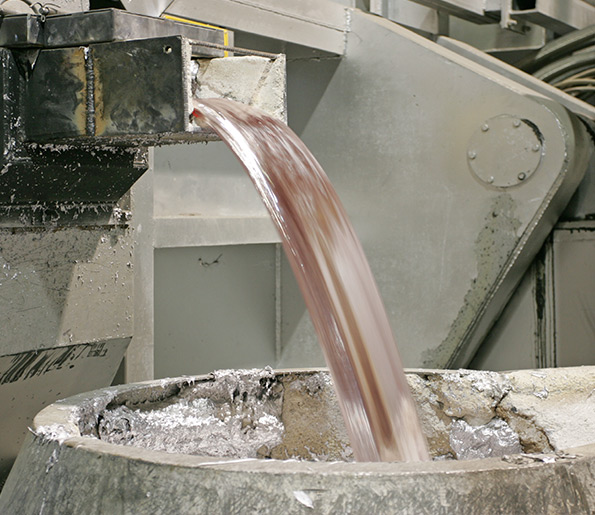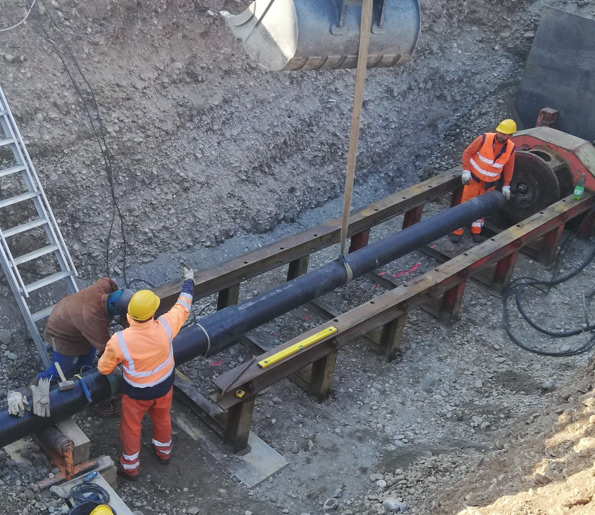Stemin S.p.A. certifies product with highest quality thanks to a precise and technologically advanced melting process, researching on the national and international market raw materials suited to the specific needs of customers. This quality is manifested throughout each step, thanks to a deep technical and commercial sector knowledge and constantly updated figures on market trends.
The traceability of the products offered is guaranteed by the IMDS system (International Material Data System). All semi-finished products meet the ROHS, REACH and Conflict minerals criteria.
The need to purchase aluminium ingots at pre-established price conditions, even for long periods, has prompted the Group to register its brand on the “London Metal Exchange” & “NASDAQ in New York” commodity exchanges, including our company among the first producers in Europe in the sector.
The semi-finished products are then shipped to the reference customers according to the different Industries of competence and used as secondary raw material for their specific productions. Once their life cycle is over, the finished aluminium products will be recovered and upgraded again, giving rise to continuous and circular recycling.


– Primary Al-Si with limited Fe content
– Primary Al-Cu;
– Primary Al-Si-Cu-Mg;
– Primary thermo – resistant Al-Si-Cu-Mg-Ni
– Primary thermo – resistant Al-Ni-Mn;
– Primary self-hardening Al-Si-Zn with low Fe and Cu content;
– AlSi primary and secondary alloys
Secondary alloys: all the ex DIN ed ex UNI replaced by new ones EN AB, EN 45000, EN 46000, EN 46100, EN 47100 EN 47000, EN 46400, EN 43200, EN 43100, EN 42000, EN 71000, EN 48000, EN 43400, EN 43000, EN 44100, EN 44300, EN 42100, EN 42200, EN 43300, EN 43500, EN 44400, premodified and not.

The whole melting process is supported using oxygen through a pipeline. The oxygen pipeline has several benefits, primarily with respect to employee safety, thanks to the annulment of the internal transit of tankers for liquid oxygen transportation. Secondly, the investments made the company flexible with respect to the gas supply in order to guarantee production continuity.
Thanks to the oxygen pipeline, it’s possible to eliminate transportation for the gas supply (800 less heavy vehicles per year, equal to about 100,000 total km travelled), which generate a net improvement in traffic conditions and a consequent lower environmental impact with an estimated saving in terms of CO2 emissions of 66,000 kg per year and a reduction of nitrogen oxides and particulate matter of 644 kg / km.